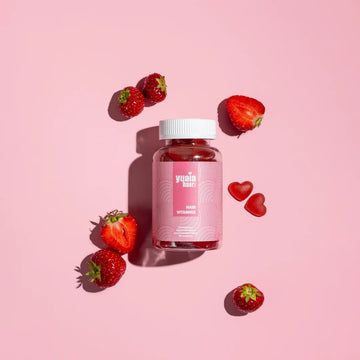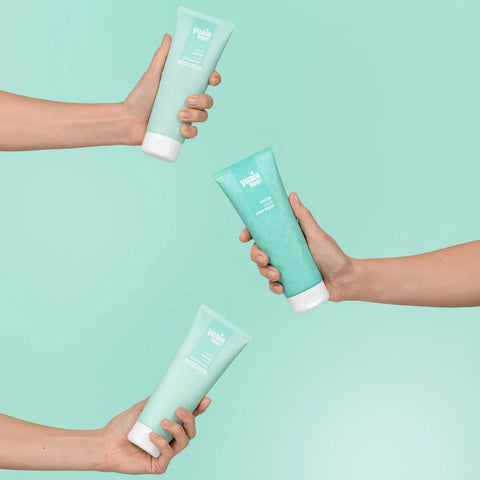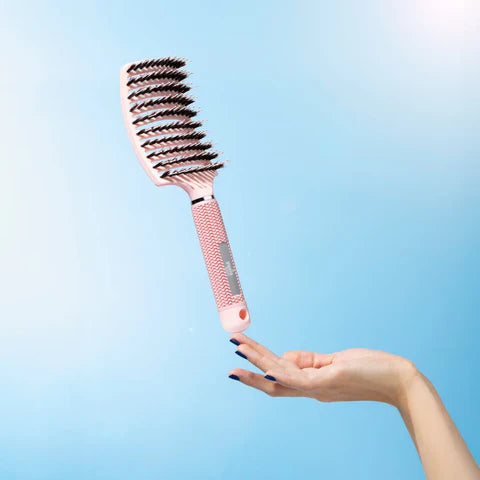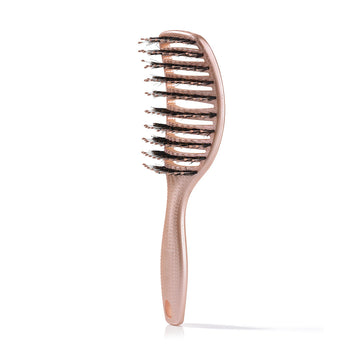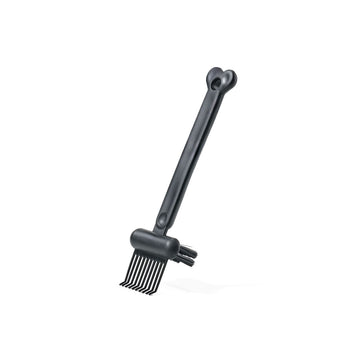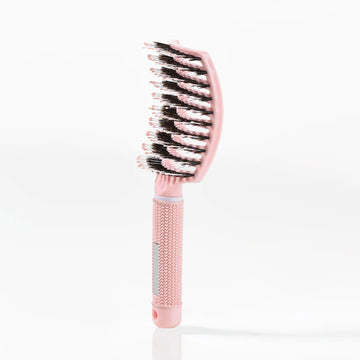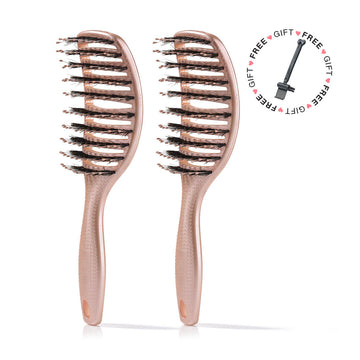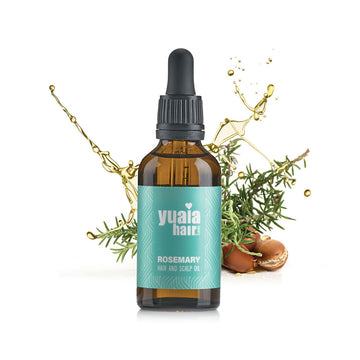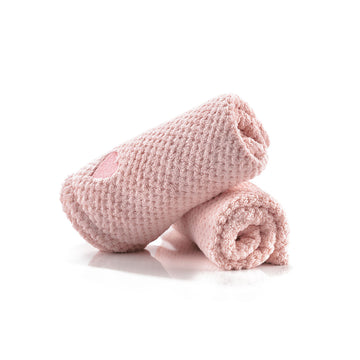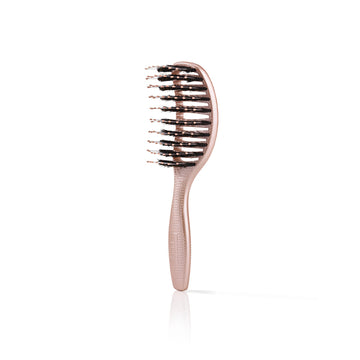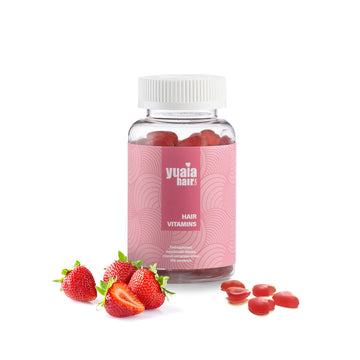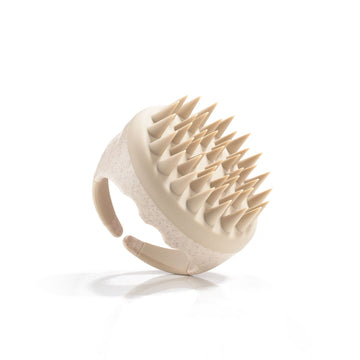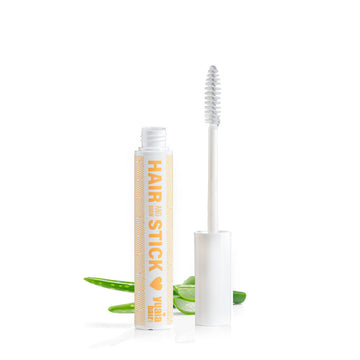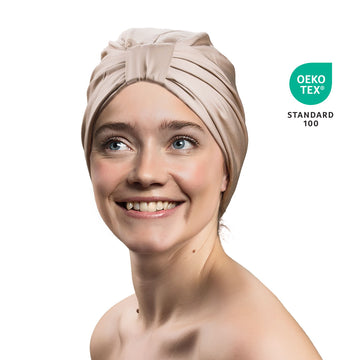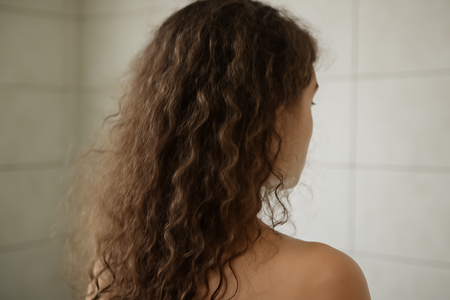
Why This Matters
Understanding hair porosity is important for effective hair care, as it influences how your hair reacts to moisture and products. Recognizing the specific needs of low porosity hair can help in selecting the right products and treatments to minimize frizz. This blog aims to uncover the causes of frizz in low porosity hair and offer practical solutions to manage it effectively. By tailoring your hair care routine to your hair's porosity, you can achieve smoother, healthier-looking hair.
What is Low Porosity Hair?
Low porosity hair is characterized by its tightly packed cuticles, which create a barrier that makes it difficult for moisture and products to penetrate. This compact structure means that water tends to bead up on the hair surface rather than being absorbed. Consequently, it can be challenging for natural oils to travel from the scalp to the ends, often resulting in dryness. While this type of hair is less prone to damage from external factors, its inability to absorb moisture effectively can lead to frizz and a lackluster appearance.
Why Does Low Porosity Hair Become Frizzy?
Frizz in low porosity hair primarily arises from two main factors: insufficient moisture and product build-up. Due to the hair's resistance to water absorption, it often remains dry, which can cause the cuticles to lift slightly, creating a frizzy appearance. Additionally, products that are not specifically formulated for low porosity hair can sit on the surface, leading to build-up that weighs the hair down and exacerbates frizz. This is in contrast to other porosity types, where frizz might result from cuticle damage or rapid moisture loss.
Common Mistakes Leading to Frizz
One common mistake is over-conditioning with heavy creams that sit on the hair without penetrating it. These products can leave hair feeling greasy while failing to deliver essential moisture, which is crucial for maintaining smoothness. Another error is using non-water-based products, which can further contribute to build-up and frizz. For those with low porosity hair, opting for lightweight, water-based products can help prevent these issues and support better moisture retention.
Using the right tools can also make a significant difference in managing frizz. Consider our Curvy Brush, which is designed to distribute natural oils evenly from the scalp to the ends, helping to minimize dryness and frizz.
In summary, understanding the unique characteristics of low porosity hair is essential for addressing frizz. By avoiding heavy, non-penetrative products and focusing on moisture retention, you can achieve smoother, healthier-looking hair.
Effective Solutions for Managing Frizz in Low Porosity Hair
Addressing frizz in low porosity hair involves using the right products and techniques that cater to its unique structure. Opt for lightweight, water-based products that minimize residue and enhance moisture absorption. Incorporating clarifying shampoos can effectively remove product build-up, allowing the hair to better absorb moisture. Additionally, using protein treatments sparingly can help balance moisture and strength, ensuring your hair remains healthy and manageable.
Practical Tips for Daily Hair Care
Incorporating simple changes in your daily routine can significantly reduce frizz. Switching to microfiber towels for drying can help reduce frizz and breakage, as these towels are gentler on the hair. Consider using bamboo pillowcases, which minimize friction and help maintain hair smoothness overnight. Gentle handling during washing and styling is also important to prevent unnecessary stress on the hair cuticles.
Frequently Asked Questions
Can Using Oils Help with Low Porosity Hair Frizz?
Yes, using lightweight oils can be beneficial for low porosity hair. They aid in sealing moisture without causing build-up. Oils like argan or jojoba can provide a protective layer, enhancing shine and reducing frizz.
Is Frizz Inevitable for Low Porosity Hair?
While frizz can occur in low porosity hair, it is not inevitable. With the right products and techniques, such as using lightweight, water-based products and regular clarifying, frizz can be effectively managed.
How Often Should I Clarify My Low Porosity Hair?
The frequency of clarifying depends on your hair's condition and product usage. Generally, clarifying once a month is sufficient for most, but if you notice build-up or increased frizz, you might need to clarify more often.
What Role Does Humidity Play in Frizz for Low Porosity Hair?
Humidity can exacerbate frizz in low porosity hair by causing the cuticles to lift, leading to a rough texture. To mitigate this, use anti-humidity products and ensure your hair is well-moisturized to create a barrier against moisture in the air.
 2-4 day UK delivery
2-4 day UK delivery
 25.000+ satisfied customers
25.000+ satisfied customers
 Satisfaction Guarantee
Satisfaction Guarantee

